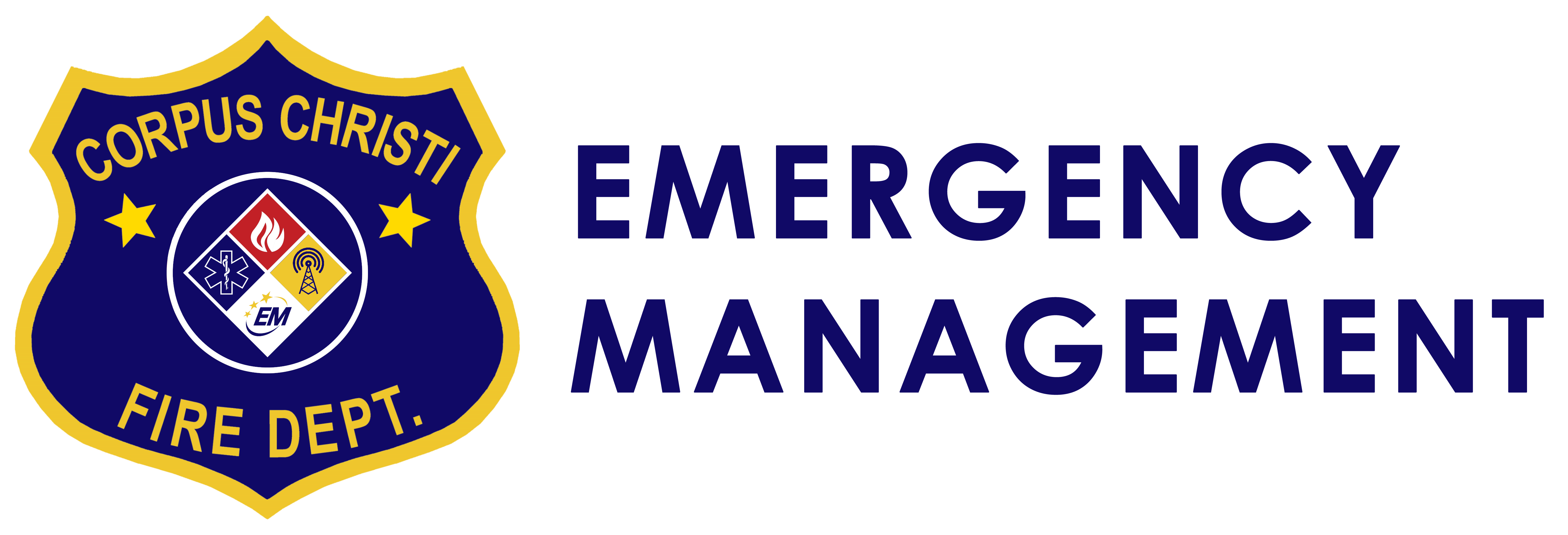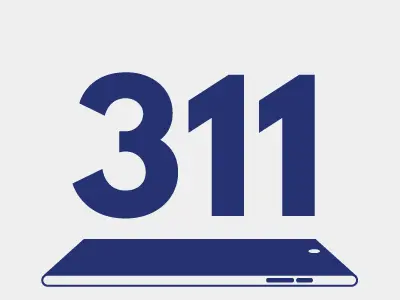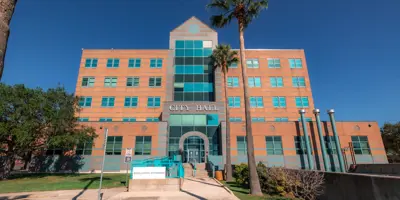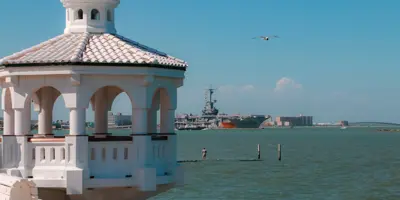A flash flood is caused by heavy or excessive rainfall in a short period of time, generally less than six hours. Flash floods are usually characterized by raging torrents after heavy rains that rip through river beds, urban streets, or mountain canyons. They can occur within minutes or a few hours of excessive rainfall. They can also occur even if no rain has fallen, for instance after a levee or dam has failed, or after a sudden release of water by a debris or ice jam.
Areas damaged by wildfires are particularly susceptible to flash floods and debris flows during rainstorms. Rainfall that is normally absorbed by soil and vegetation can run off almost instantly, causing creeks and drainage areas to flood much earlier and with higher magnitude than normal. Heavy rainfall on recently burned areas can also mobilize sediments and cause a much more destructive debris flow.










